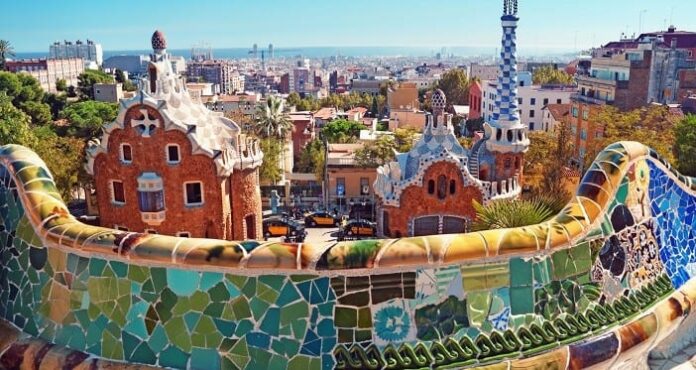Fostering long-term innovation is key to Barcelona’s smart city ambitions
Barcelona has been very active in terms of the deployment of smart city initiatives over the last few years.
One key element of the Spanish city’s smart city plan is the so-called ‘Smart City Campus’ which has the primary goal of transforming the city into an experimentation and innovation laboratory, as well as a cluster where companies, universities, entrepreneurs and research centres can set up in the spheres of information technologies, ecology and urban development.
One of the key smart city initiatives in Barcelona is the control of lighting zones in the city. This solution aims to tackle the problem of public street lighting being used inefficiently in a way that is harmful to the environment. The approach is two-fold: first, street lamps are equipped with LED technology, which needs much less energy than usual light bulbs. Second, the lamps are equipped with sensors to receive information on the environment (temperature, humidity, pollution) as well as noise and the presence of people.
The lights communicate with a central unit in the street which also manages other services such as fiber-optic cabling to the home, Wi-Fi or electrical vehicle recharging stations. The information is then sent to a central control centre. At this control centre it is possible to see all activities and services taking place at a certain location, monitor them, receive alerts and manage them from this single point. Sensors can adjust lighting depending on the time of day and the presence of people.
The project has the main targets to reduce emissions of carbon dioxide; to reduce energy costs and consumption of electric outdoor lighting; to provide new services and features to society; and to increase public safety. The solution contributes to energy savings of 40–60%
Barcelona has also introduced many e-government services to improve access to and efficiency and transparency of public services. These services include:
-Open Data BCN: In the context of this initiative public data are made available to the public. The internet portal contains more than 300 categories of data. The five main areas are territory, population, urban services, economy and administration.
-Quiosc PuntBCN: The city maintains kiosks that ensure a city-wide presence of the municipal authorities. These kiosks are located in a variety of frequented points of the city like shopping centers and libraries. It is possible for citizens to undertake most of their administrative procedures at the kiosks. The services are also available online.
Barcelona has also introduced a smart parking initiative. The introduction of wireless sensors at parking places can ease city traffic by showing car drivers where there are free parking spaces. The information is sent to a data centre and made available for smart phones sending real-time data to users. The system guides the driver to the nearest parking spot.

